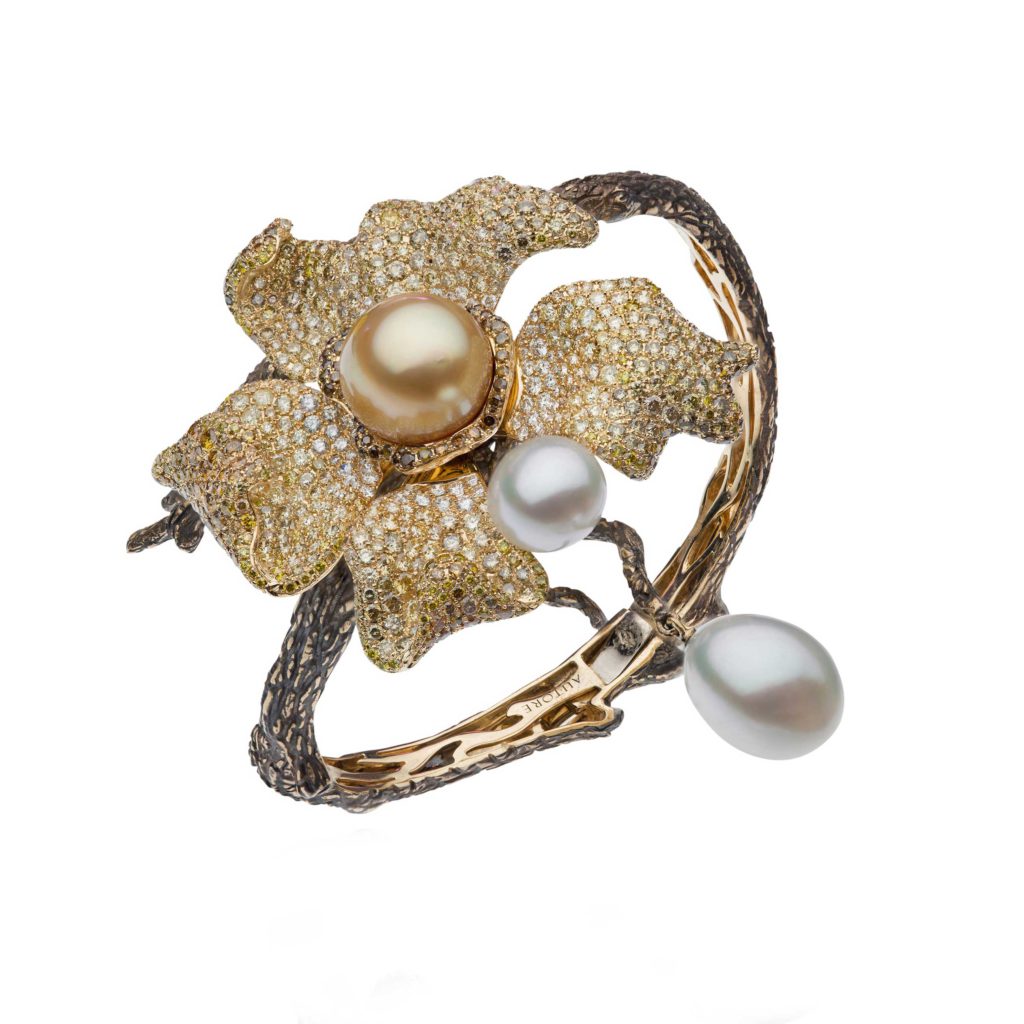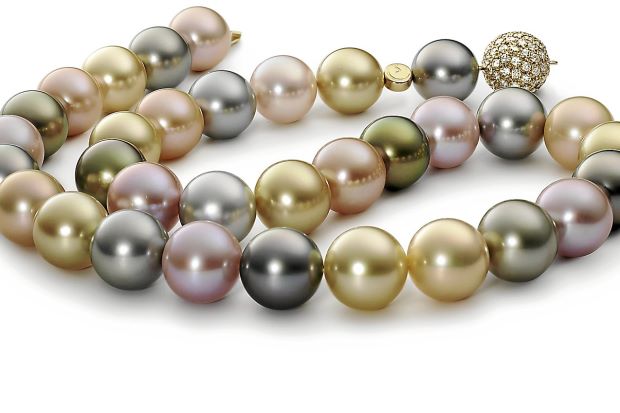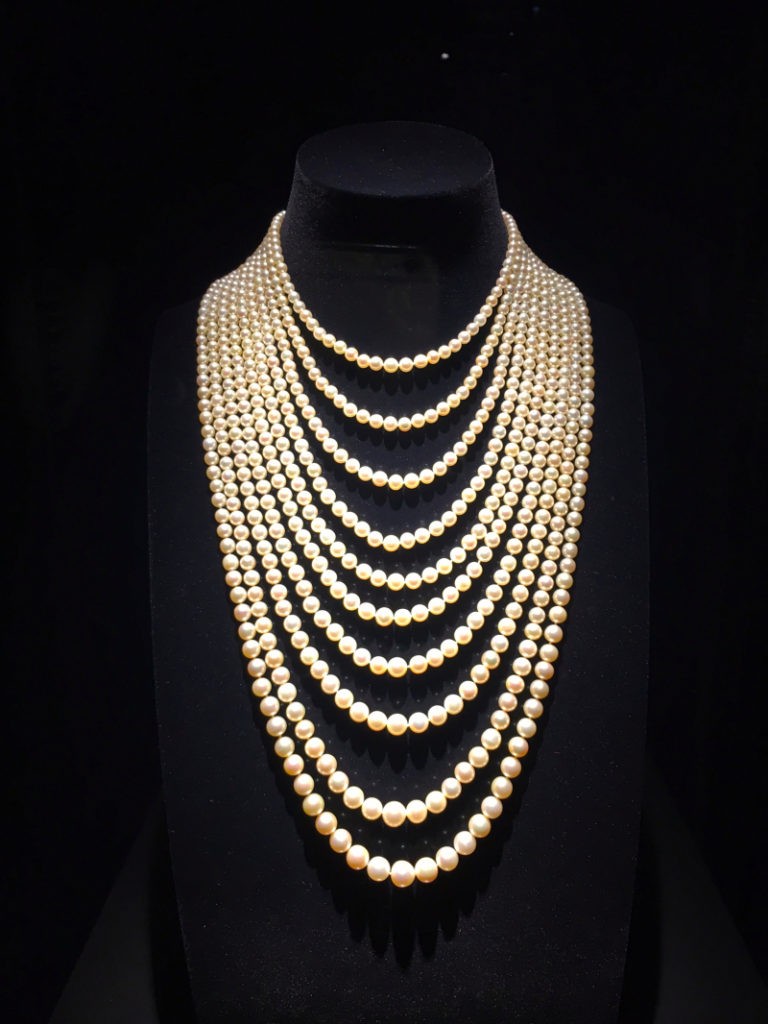
Incomparable beauty, fascinating allure, sophisticated refinement, pure luxury. It’s all about pearl. Throughout history, the pearl, with its warm inner glow and shimmering iridescence, has been one of the most highly prized and sought-after gems. A fragment of the oldest known pearl jewelry found in the sarcophagus of a Persian princess who died in 520 BC, is displayed in the Louvre in Paris. To the ancients, pearls were a symbol of the moon and had a magical powers. The ancient Egyptians prized pearls so much they were buried with them. According to legend, Cleopatra crushed a pearl into a glass of wine to prove to Marc Antony that she could give the most expensive dinner in history. The Greeks held the pearl in high esteem for both its unrivaled beauty and its association with love and marriage. In classical Rome pearls jewelry was considered the ultimate symbol of wealth and social standing. Only persons above a certain rank were allowed to wear pearl jewelry. Over time, the pearl has become the symbol of purity and innocence and it is often sewn into bridal gowns, or worn as jewelry by the bride.
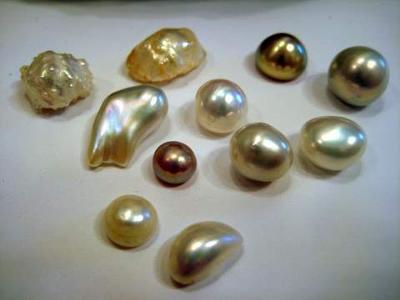
Unlike gemstones or precious metals that must be mined from the earth, pearls are grown by live oysters far below the surface of the sea. Gemstones must be cut and polished to bring out their beauty. But pearls need no such treatment to reveal their loveliness. They are born from oysters complete — with a shimmering iridescence, lustre and soft inner glow unlike any other gem on earth. A natural pearl begins its life as a foreign object, such as a parasite or piece of shell that accidentally lodges itself in an oyster’s soft inner body where it cannot be expelled. To ease this irritant, the oyster’s body takes defensive action. The oyster begins to secrete a smooth, hard crystalline substance around the irritant in order to protect itself. This substance is called “nacre.”

As long as the irritant remains within its body, the oyster will continue to secrete nacre around it, layer upon layer. Over time, the irritant will be completely encased by the silky crystalline coatings. And the result, ultimately, is the lovely and lustrous gem called a pearl. Slightly transparent pearls are highly valued. The important property of the pearl is luster.
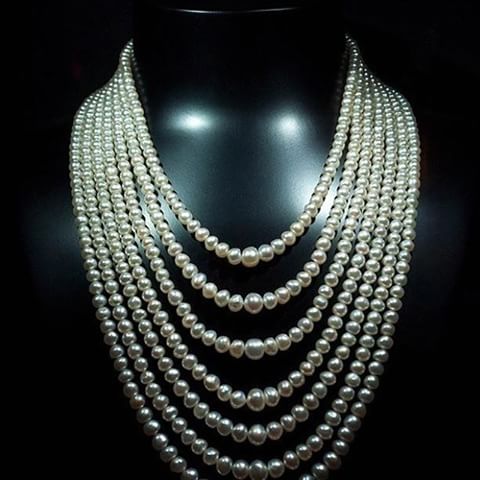
The Persian Gulf pearls named “oriental” are the most valuable which have the greatest pearlescent luster. The pearl luster is definitely explained due to the refraction and reflection of rays of prismatic layers of aragonite. Natural pearls can be of different colors: white, yellow, cream, pink, blue, red, black and are found mainly in the seas of Bahrain and Australia.
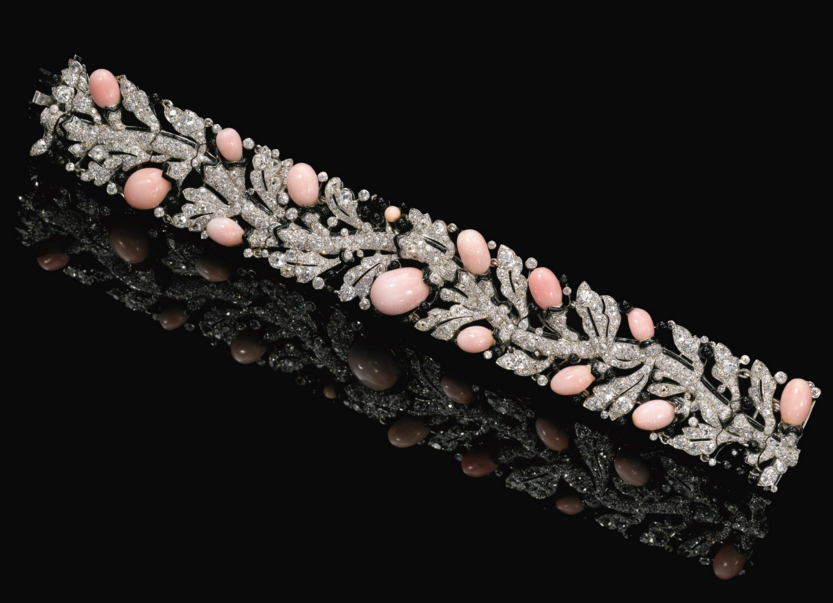
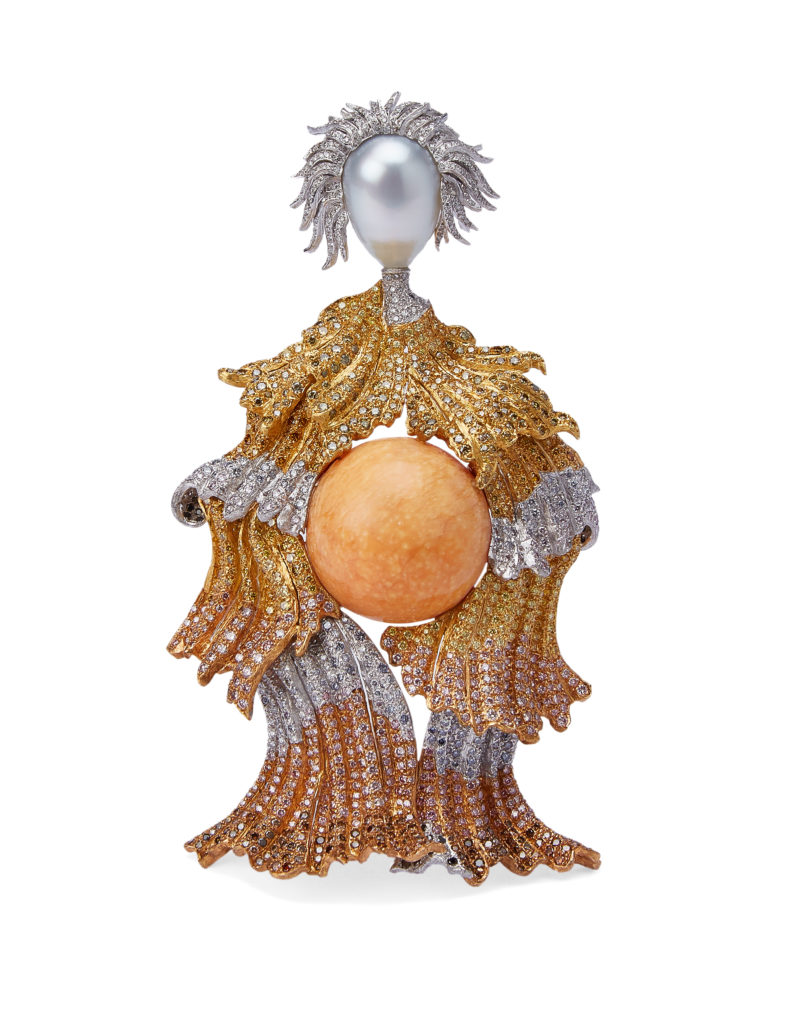
Two of the rarest and most valuable types of pearls are conch and melo pearls, but they differ from traditional pearls in one crucial way: They are both made of porcelaneous (non-nacreous) material. Conch pearls, indigenous to the Caribbean waters near the Bahamas, are born of the Strombus gigas, aka the Queen Conch shell, a univalve species of mollusk best known for producing natural pink pearls with a telltale flame-like pattern. Melo pearls, on the other hand, are products of the Melo melo sea snail native to the Andaman and South China seas. At their best, they boast a rich orange color that resembles that of a ripe papaya.
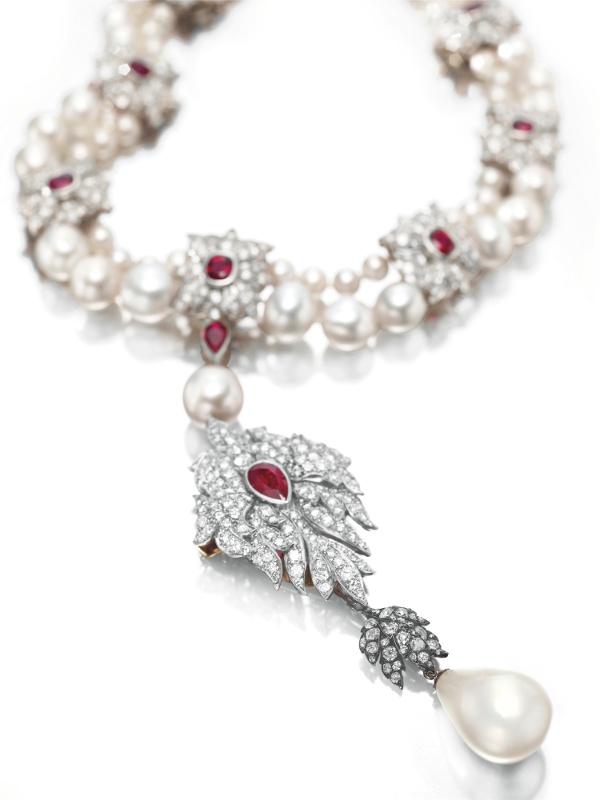
The famous pearl “La Peregrina” was given by Prince Philip II of Spain to his bride Mary during the 16th century. La Peregrina, a white, pear-shaped saltwater pearl, had a series of royal owners until 1960s. Afterwards it was mounted in necklace with rubies and other pearls to enhance the unique beauty of “La Peregrina” that was gave to Elizabeth Taylor by Richard Burton.
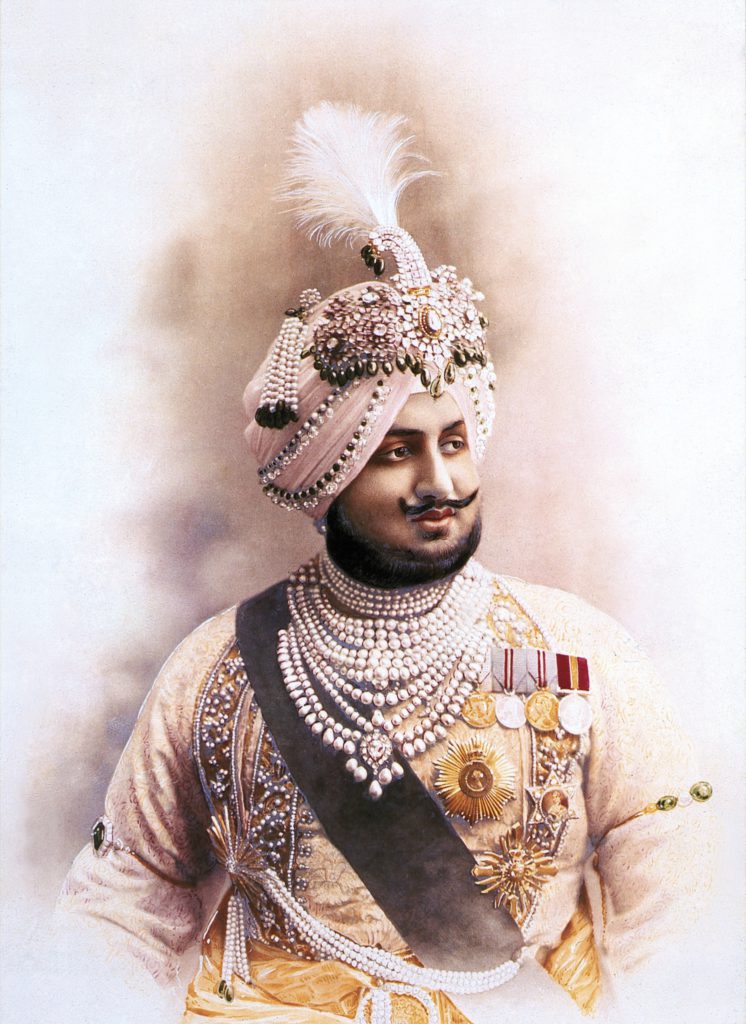
The great rulers of India, the Maharajas, were real connoisseurs of jewelry, literally decorating themselves from head to toe. Only the most precious gems(Maharatnani, symbolizing five planets of Indian astrology) were worthy of the great Maharajas: rubies, sapphires, emeralds, diamonds and perhaps the most unique organic creature in the world, a tender and divine pearl, which was an indispensable element of Maharajas’ adornments. European masters and jewelers, having inexhaustible sources of inspiration, and being equipped with the most important technical and technological equipment of that time, amazed the Maharajas with high skill and exclusive ideas. Boucheron, Cartier, Van Cleef&Arpels, Mauboussin were the main houses to whom they treated with unique orders. Multiple rows of pearls strands with unique gems of incredible size and shapes witnessed the grandeur and splendour of Maharajas.
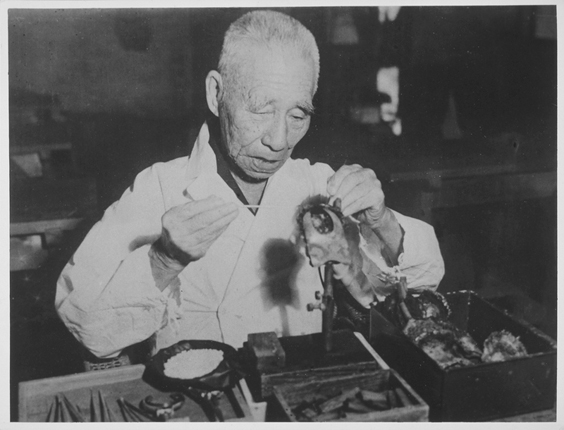
Pearls became more accessible in the early 1900s once people in Asia discovered how to create cultured pearls. By carefully placing a small nucleus into a living oyster, a pearl forms around the nucleus, allowing pearls to be created in oyster farms. First Kokichi Mikimoto created cultured pearls in 1893 , and later he founded his own luxury pearl company Mikimoto.

Pearls were always a favorite accessory of 20th century style icons such as Grace Kelly,Jackie Kennedy, Marilyn Monroe and the likes. Coco Chanel gave pearls iconic style status and made them her design signature, famously declaring every woman should wear ‘ropes and ropes’ of pearls.
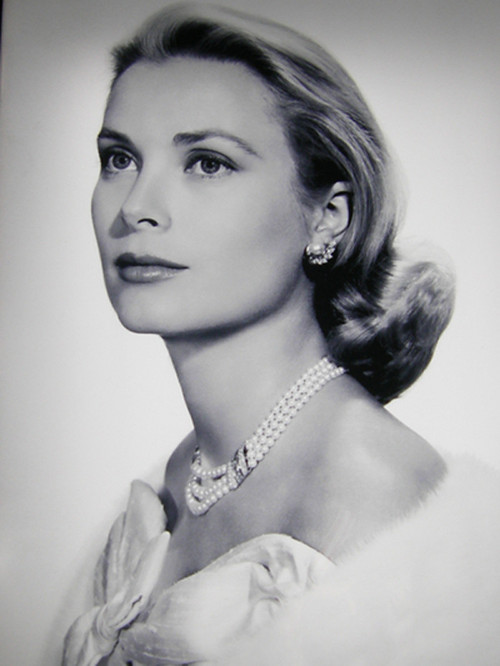
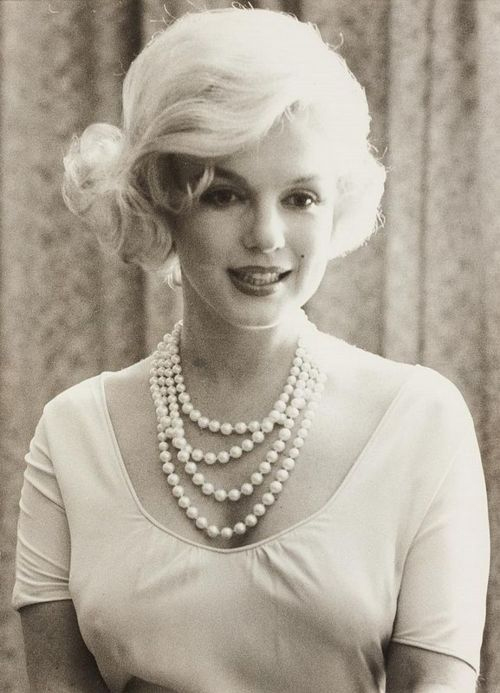
Nowadays important jewellery houses like Mikimoto, Yoko London, Shoeffel,Utopia, Autore, Gellner create one-of-a-kind never-seen-before utmost color combinations, blending inimitable pearls of high quality and excellent craftsmanship to make true work of art.

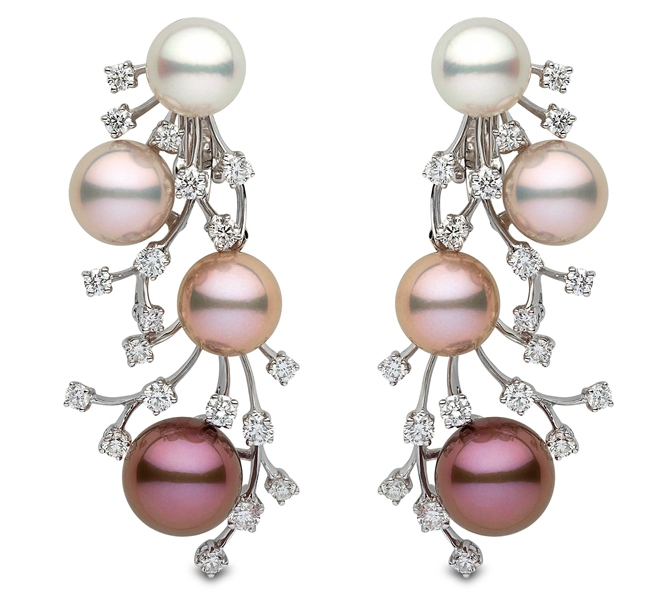
Today, cultured pearls are the foundation of every woman’s jewelry wardrobe. Fashionable, feminine and fresh, cultured pearls truly enhance a woman’s beauty and femininity. Rich and adaptable, a lustrous star in the world of fine jewelry, a simple cultured pearl necklace can take a woman through every moment in her life, every outfit in her wardrobe.
